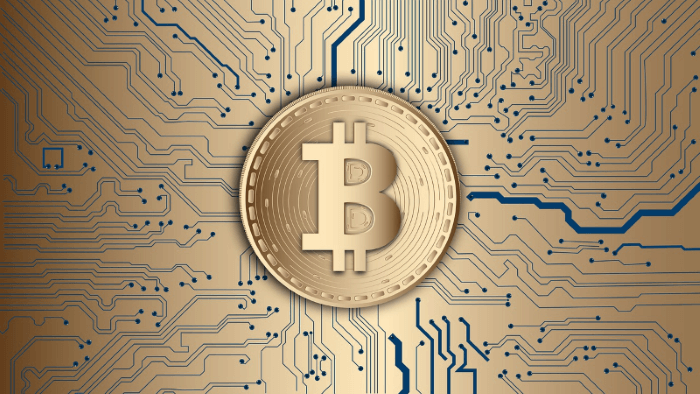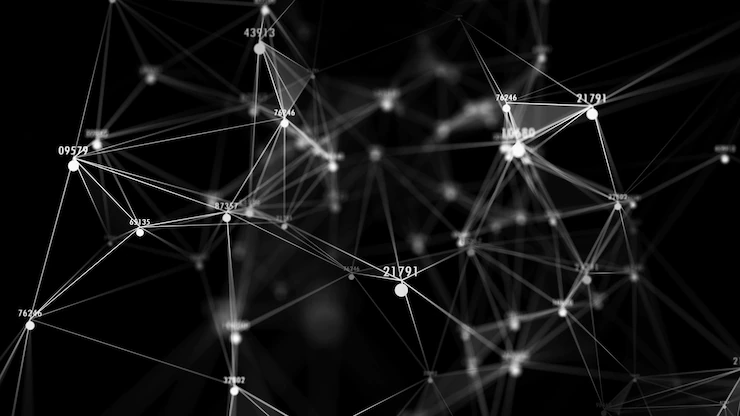Blockchain Might Not Be As Decentralised As We All Thought [Unknown Facts]
by Arnab Dey Business Published on: 29 June 2022 Last Updated on: 11 November 2024

If you question the usual individual in the blockchain sector what the advantages of blockchain are, they’ll likely describe decentralization. The fact that blockchain is decentralized is one of its main features.
This characteristic facilitates dispersed trades and aims to create a setting where many individuals can actively engage and contribute. This concept doesn’t turn out to be correct, just as it doesn’t generally work out.
Before cloud computing, centralization was a prerequisite for providing certain forms of help to provide a verified environment. Although technology changed this, it was still centralized when it first started. As a result, the framework became incredibly helpless and vulnerable to time limitations.
When distributed services first emerged, they addressed this fundamental issue in a very comprehensive way. It decentralized the aid system among remote platforms. This meant that, in the event that a server declines, the organization could still run online, although more slowly.
Distributed services cannot compare to the blockchain. By sharing a shared set of data among all members of the organization, it expands the potential for decentralization. As a result, the organization’s fundamental constrictions are further lowered, and waiting time is successfully eliminated.
Simultaneously, it directly communicates between PCs without a middleman infiltrating the organization. Additionally, since a large number of different PCs share similarly collected data, even if a server is unavailable or difficult to access, the contents in the data set are unaffected.
Consider transferring money as an example. Numerous central banks must supervise the flow of funds for it to occur. As a result, transaction operations will typically take a long time to complete. Even though it seems simple, sending cash involves a lot of interventions.
Similar transactions with blockchain technology would take only a few minutes and eliminate the need for intermediaries. The primary explanation for how this is possible is the concept that there is a shared digital ledger that allows organizations to monitor exchanges without the aid of a third-party provider.
Thus, blockchain lowers the number of middlemen from several groups to just two, which is why it is suited for handling difficult analytical issues. Therefore, decentralization is crucial.
Blockchain’s Structure:

A blockchain might be decentralized or centralized. Decentralized must not be confused with distributed, which is important in any situation. Blockchains are naturally distributed, but they are not naturally decentralized.
A blockchain’s decentralization or centralization essentially defines the freedom of its users. Anyone can engage in and carry out official tasks in a decentralized structure. Systems should therefore be necessary to mitigate the issues that this framework reveals and to ensure that exchanges are accurate.
Clusters with well-known people make up a centralized organization. In a nutshell, the system is legal because only reliable and trustworthy users can post to the database. Members’ interactions can be investigated since they are known.
To know whether you’re investing in the right website and right coin at the right time, you may consider utilizing crypto platforms like Bitcoin Up You will be connected to reputable brokers once registered with this platform.
These experts will then serve as your guidance in trading and tame volatility to maximize your profitability. They are knowledgeable of the crypto-verse and make use of top-notch features of the platform to reach your target objectives.
In order to prevent instability, a centralized transmitted record should be used in any concentrated sector like finance. While both centralized and decentralized blockchain networks have their share of disadvantages, a centralized organization is more feasible for the needs since it makes known the members’ reputation and, as a result, provides a review trail in the event that an individual tries to destroy the system.
It is best to locate a recognized element that committed an invalid exchange as opposed to the effort to depict each potential control that might actually happen in an unknown, decentralized structure.
Is Blockchain Really Decentralised?

Unfortunately, there is a gap between concept and actuality. Early participants were generously compensated by the mining system, which is what gives blockchain its decentralized and safe qualities. In fact, compared to the fiercely competitive market one might anticipate if the crypto mining sector were really decentralized, it feels far more like a monopoly. This comes down to a shocking reality: Cryptocurrencies are not as decentralized as they may seem.
Similar to the blockchain, there are several locations where varying levels of data are handled–nodes. With only 21 nodes, blockchains are very tightly centralized. Every node in the global market keeps a comparable copy of the blockchain, and they are the only ones with access to it. When a new exchange occurs, each node is updated throughout the entire organization by duplicating the changes. Blockchain is not decentralized; it is duplicated.
Additionally, centralized trades are typically how crypto is exchanged. Finally, the designers have enormous power over the organization’s ultimate course.
Conclusion
An assumption should be modified to fit the actuality it inhabits. Therefore, Bitcoin and Ethereum are essentially not really decentralized systems. It’s important to note that blockchain organizations are highly familiar with this issue and are taking all necessary measures to control it.
The conclusion against blockchain’s structure is that it’s “technically” decentralized. For instance, the firm lacks supervisory management which takes control of the central system.
There are partners and persons with authority, such as the main designers and “whale” financial investors with enormous digital wallets, even if the facts actually confirm that blockchain, as an invention and not an organization, really shouldn’t worry about decentralization issues.
In the end, blockchain is not at all decentralized, but it is less centralized than established institutions. It’s also not quite unsafe when we have to trust the innovation’s primary designers with its fate, clients, and financial investors not to interfere with apps, and mining pools to authorize exchanges. DApps can still be accessible by regular programs and generally can still be controlled.
Read Also:



































































































